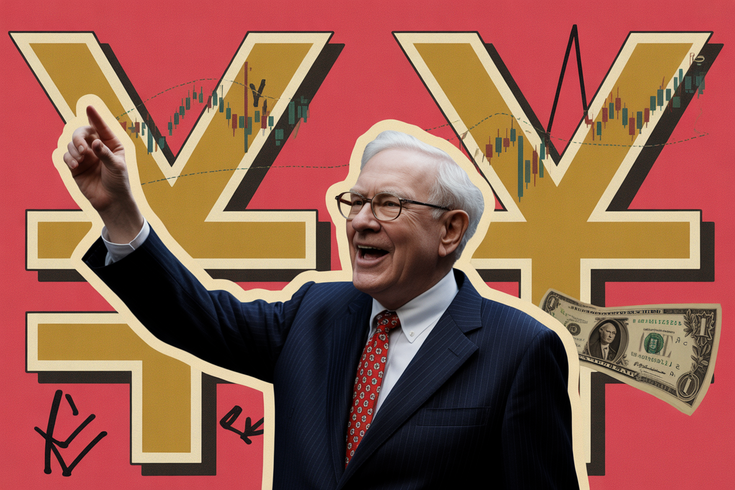Warren Buffett’s Japan Investment Strategy: What Investors Can Learn from His Sixfold Returns
By Brandon StrazaWarren Buffett isn't just making money; he's schooling the world. Turns out, his Japanese investments reveal more than just returns—they're a dissection of strategic audacity. You already know the move; you're just scared to make it.
- Identify undervalued giants - Focus on industries others ignore.
- Go global - Stop fearing foreign markets.
- Commit long-term - Patience forces profit.
- Invest in partners, not companies - Culture and ethics matter.
- Diversify intelligently - Spread risk, not attention.
His sixfold returns aren't just financial news fodder. They’re a slap in the face to investors clinging to domestic safety nets. If you're afraid to pivot like Buffett, you're choosing mediocrity. The global market isn't just for suits and billionaire acolytes. It's the playground where real courage transforms lives.
How to Learn from Buffett's Japanese Picks
Warren Buffett didn’t just pick stocks; he picked strategic partners in Japan. He invested in five major trading companies—Mitsubishi, Mitsui, Sumitomo, Itochu, and Marubeni. Why these? Because each possessed untapped potential overlooked by a timid market. The unlocking of these returns lies in the economic principle of value investing applied with the patience of a monk.
- Mitsubishi: Industrial supply chains untapped.
- Mitsui: Hidden assets in natural resources.
- Sumitomo: Market leader burdened by low profile.
The Real Reason You’re Not Getting Sixfold Returns
The truth stings: you’re not Buffett because you play it safe. Buffett didn’t leap into Japanese markets blindly. He dove in armed with historical analysis, economic insight, and a readiness to go against the trend. Are you willing to ignore the herd?
- Overlooked industries = hidden gems.
- Long-term focus = bigger gains.
- Compare: domestic vs. global strategy, and it obliterates excuses.
What is Value Investing? Beyond The Basics
Those spouting 'value investing' without grasping it make me cringe. Simply, it's buying undervalued stocks and waiting till the market realizes its mistake. Buffett didn't invent value investing, but he perfected it by ignoring market noise. He bought what mattered, not what was trendy.
- Intrinsic value = what it's really worth
- Market price = what people believe it’s worth
- Margin of safety = why risk just got tamed
Why Common Advice is Killing Your Returns
Conventional wisdom says diversify and play nice with market data. Buffett says, “Niche down, then pounce.” His Japanese venture teaches us less is more. Buffett's style? Concentrate where few dare and hold for the long game.
- Too diversified portfolios dilute potential.
- Unchallenging reviews miss the mix-up.
- The uncomfortable truth? Narrow focus amplifies impact.
What Works vs What Doesn't: Global Markets
Gamble on the familiar, fail with flair. Buffet didn’t just shrug off risk—he understood it. He didn’t just enter a market, he dissected its global economics and power dynamics.
Works:
- Regional market mastery
- Trust in partner potentials
Doesn't Work:
- Blind diversification
- Hesitation in new markets
You've seen his returns. You can replicate them. But will you? Take the uncomfortable leap or stay safely irrelevant.
Closing it bluntly—Buffett’s Japan victory offers more than lessons; it's a playbook. For the brave, the strategy is potent and waiting. Are you gutsy enough to grab it?




